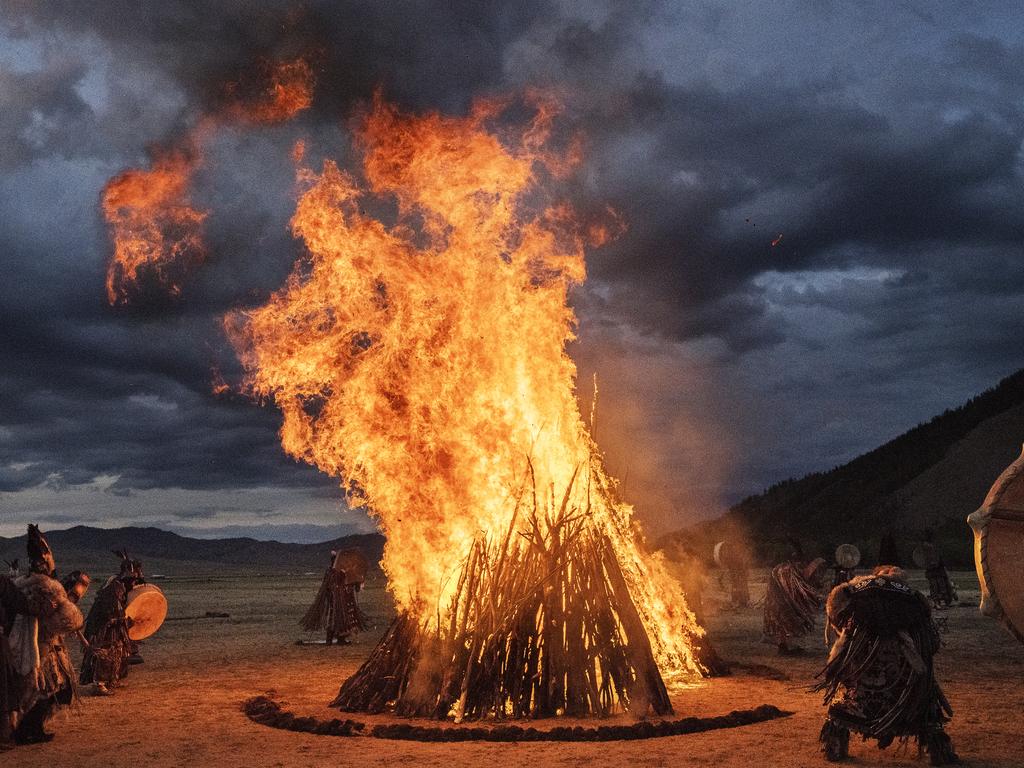Discovering Mongolian Shamanism: A Journey into Mongolia’s Spiritual Heart
Mongolian Shamanism, one of the world’s most ancient spiritual practices, offers a profound glimpse into the mystical worldviews and rituals of Mongolia’s nomadic cultures. Rooted in the deep connection between nature, ancestors, and the spiritual realm, Shamanism remains a vibrant and influential aspect of Mongolian life. For travelers intrigued by spiritual traditions and ancient customs, exploring Mongolian Shamanism provides a unique and enriching experience. Here’s a detailed guide to understanding and experiencing this fascinating spiritual practice.

Understanding Mongolian Shamanism
1. Historical Background: Shamanism in Mongolia is believed to be over 3,000 years old, deeply intertwined with the spiritual and cultural life of the nomadic Mongols. It predates the arrival of Buddhism in Mongolia and has influenced and coexisted with various religious traditions over the centuries. Shamanism in Mongolia is characterized by its animistic beliefs, where natural elements and ancestral spirits play central roles in spiritual practices.
2. Core Beliefs:
- Animism: Mongolian Shamanism is based on the belief that all elements of nature, including animals, plants, and landscapes, possess spirits. Shamans, acting as intermediaries, communicate with these spirits to seek guidance and support.
- Ancestor Worship: Ancestors are revered and believed to influence the living. Shamans perform rituals to honor and seek blessings from the ancestral spirits.
- Spiritual Realms: The spiritual world is divided into three realms: the upper world (home of sky gods and ancestors), the middle world (the earthly realm), and the lower world (home of earth spirits and deities). Shamans journey through these realms in their rituals.
3. The Role of the Shaman: Shamans, known as “Böö” in Mongolian, are spiritual leaders who serve as intermediaries between the human world and the spirit world. They possess special abilities to communicate with spirits, perform healing rituals, and provide guidance. Becoming a shaman often involves rigorous training, spiritual calling, and apprenticeship.
Experiencing Mongolian Shamanism
1. Attending a Shamanic Ritual: One of the most profound ways to experience Mongolian Shamanism is to attend a traditional shamanic ritual. These ceremonies can be held for various purposes, including healing, fortune-telling, or seeking protection. Rituals are typically conducted in sacred spaces such as a special tent or open areas with spiritual significance. During a ritual, you might witness:
- Sacred Drumming: Shamans use drums to enter a trance state, facilitating communication with the spirit world.
- Chanting and Invocations: Shamans recite chants and invocations to summon spirits and ancestors.
- Offerings: Ritual offerings such as milk, meat, and alcohol are made to appease spirits and seek their favor.
2. Visiting a Shamanic Ceremony: Shamanic ceremonies are often held during important festivals or events. Notable occasions include:
- Tsagaan Sar (Lunar New Year): Shamans may perform rituals to ensure prosperity and good fortune for the coming year.
- Naadam Festival: Shamanic practices are sometimes incorporated into the celebrations, reflecting the integration of spirituality and cultural traditions.
3. Learning About Shamanic Practices: For a deeper understanding of Mongolian Shamanism, consider visiting cultural centers or museums that focus on shamanic traditions. These institutions often provide educational exhibits, workshops, and lectures on the history and practices of shamanism.
4. Engaging with Local Shamans: Engaging directly with local shamans can offer a unique perspective on their practices. This may involve:
- Participating in Workshops: Some shamans or cultural organizations offer workshops where visitors can learn about shamanic rituals, symbolism, and techniques.
- Personal Consultations: Depending on availability and openness, you may have the opportunity for a personal consultation with a shaman. It’s important to approach such interactions with respect and understanding of the cultural context.
Travel Tips for Experiencing Shamanism in Mongolia
1. Respect Cultural Sensitivities: Shamanism is a deeply personal and sacred practice for many Mongolians. Approach rituals and ceremonies with reverence and avoid intrusive behavior. Always ask for permission before participating or taking photographs.
2. Plan Ahead: Shamanic rituals are not always publicly advertised. It’s beneficial to arrange visits or consultations through local guides, cultural organizations, or tour operators who specialize in spiritual and cultural tourism.
3. Dress Appropriately: Wear modest and respectful clothing when attending rituals or ceremonies. Traditional attire is not required, but dressing respectfully is appreciated.
4. Learn Basic Mongolian Phrases: Learning a few basic Mongolian phrases can enhance your interactions with locals and show respect for their culture. Common phrases include greetings and expressions of gratitude.
5. Travel Insurance: Ensure you have comprehensive travel insurance that covers a wide range of activities, including cultural and spiritual experiences.
Exploring Mongolian Shamanism offers a profound journey into one of the world’s most ancient and intriguing spiritual practices. From participating in rituals and ceremonies to engaging with local shamans and learning about traditional beliefs, this immersive experience provides a unique perspective on the spiritual heart of Mongolia. Whether you are drawn by curiosity, respect, or a desire for deeper understanding, discovering Mongolian Shamanism promises a memorable and enriching adventure into the mystical world of Mongolian culture.
